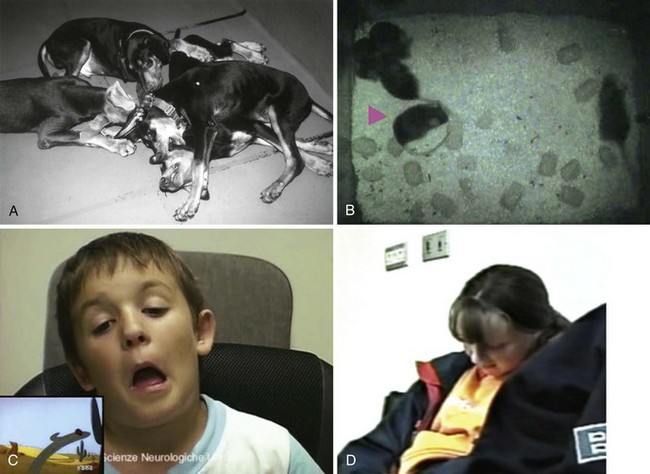

The purpose of presenting this report is to emphasize the fact that narcoleptic patients can still run the risk of loss of consciousness with atonia under regional anesthesia, and such an undesirable complication cannot be under-estimated. This was followed by a second “continuous low-vigilance” phase of BIS around 75 with low electromyographic activity, ending with a third “nonresponsive vigilance” phase of a full-blown narcolepsy-cataplexy episode of BIS around 45 with complete loss of muscle power. The patient went through three stages: first a prodromal “intermittent low-vigilance” phase interrupted by high electromyographic activity. We recorded both hemispheres, using two synchronized BIS-XP monitors, during a narcolepsy-cataplexy episode in a 57-yr-old male patient undergoing lower limb surgery under femoral nerve block regional anesthesia. We assessed the utility of using BIS for monitoring a possible narcolepsy-cataplexy episode and whether a distinctive BIS profile might offer an early warning of an impending narcoleptic/cataplectic spell. The Bispectral Index (BIS), an electroencephalographic-derived cerebral monitor, used for monitoring the effects of anesthetic/hypnotic drugs was shown to correlate to various conditions that could influence the eletroencephalogram. Importantly, management also needs to involve sleep hygiene advice, safety measures whenever applicable and guidance with regard to the social sequelae of cataplexy.Ĭataplexy Drop attacks Narcolepsy Pseudocataplexy Sodium oxybate Syncope.Narcolepsy or Gélineau syndrome is an extremely incapacitating chronic sleep disorder of unknown etiology that is characterized by uncontrollable attacks of deep sleep and is typically associated with cataplexy sudden loss of muscle tone. Symptomatic treatment is possible with antidepressants and sodium oxybate.
Cataplexy episode series#
Over time, these severe symptoms evolve to the milder adult phenotype, and this pattern is crucial to recognize when assessing the outcome of uncontrolled case series with potential treatments such as immunomodulation. Cataplexy shows remarkable differences in childhood compared to adults, with profound facial hypotonia and complex active motor phenomena. Currently, the diagnosis of cataplexy is made almost solely on clinical grounds, based on history taking and (home) videos.

Childhood narcolepsy, with its profound facial hypotonia, can be confused with neuromuscular disorders, and the active motor phenomenona resemble those found in childhood movement disorders such as Sydenham's chorea. They can be differentiated from cataplexy using thorough history taking, supplemented with (home)video recordings whenever possible.

Cataplexy mimics include syncope, epilepsy, hyperekplexia, drop attacks and pseudocataplexy. Next to narcolepsy, cataplexy can sometimes be caused by other diseases, such as Niemann-Pick type C, Prader Willi Syndrome, or lesions in the hypothalamic or pontomedullary region. Moreover, childhood cataplexy differs from the presentation in adults, with a prominent facial involvement, already evident without clear emotional triggers ('cataplectic facies') and 'active' motor phenomena especially of the tongue and perioral muscles. The expression of cataplexy varies widely, from partial episodes affecting only the neck muscles to generalized attacks leading to falls. Although cataplexy is rare, its recognition is important as in most cases, it leads to a diagnosis of narcolepsy, a disorder that still takes a median of 9 years to be diagnosed. This review describes the diagnosis and management of cataplexy: attacks of bilateral loss of muscle tone, triggered by emotions and with preserved consciousness.


 0 kommentar(er)
0 kommentar(er)
